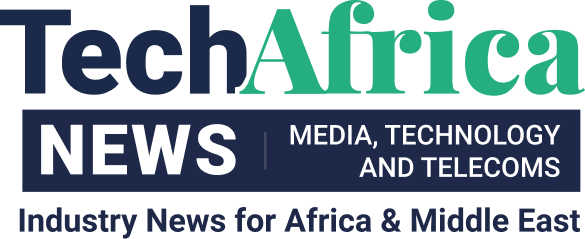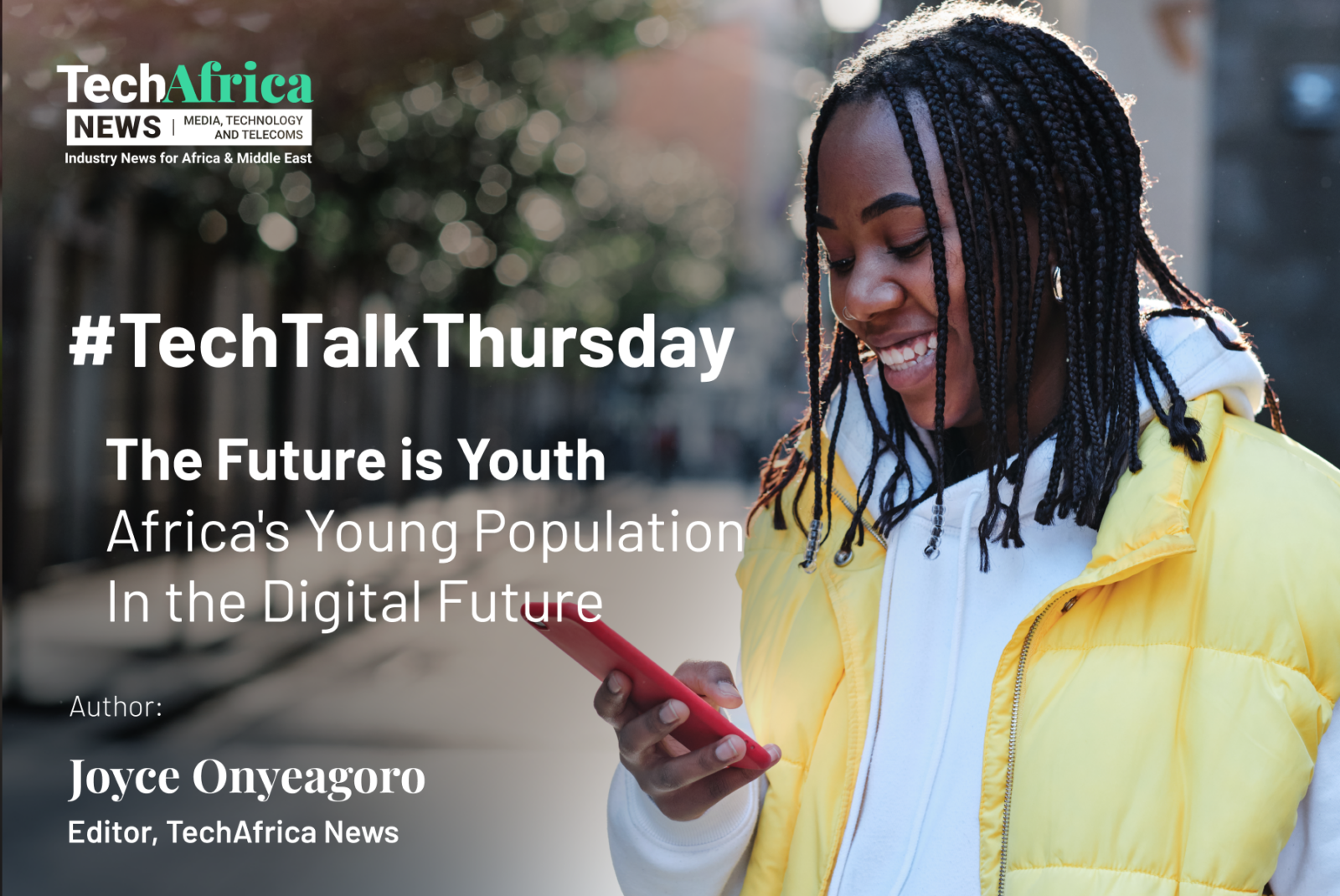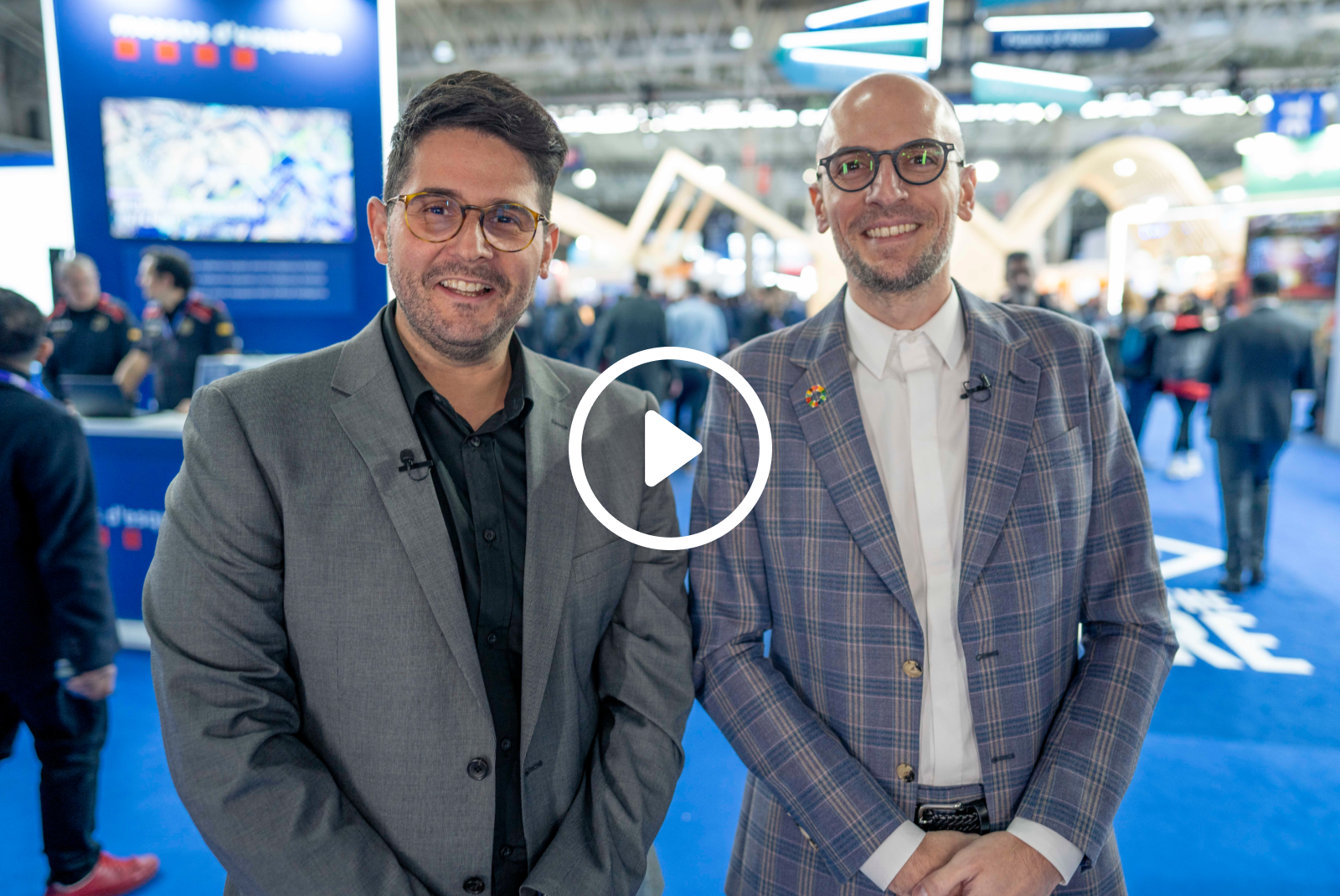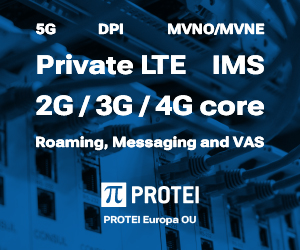As 5G uptake in many parts of the world bridges the milestone from early adopters to mass adoption, major new Ericsson research – the industry’s largest global study of its kind to date – underlines consumers’ growing commitment to 5G and their expectations on next-generation uses cases.
Called 5G: The Next Wave, the Ericsson ConsumerLab report addresses the impact 5G has had on early adopter consumers since launching in various countries, as well as gauging the intention of non-5G subscribers to take up the technology – and their related expectations. The report forecasts that at least 30 percent of smartphone users intend to take up a 5G subscription within the next year.
The mix of Ericsson tracking data covering 5G launches since 2019, and the new consumer survey, has enabled Ericsson ConsumerLab to identify six key trends impacting the next wave of 5G adoption.
The report covers the behavioral changes triggered by the bundling of digital services into 5G plans by communications service providers – particularly the increased use of enhanced video and augmented reality (AR) apps.
The report also addresses the speed of mainstream 5G adoption, whether consumer demands are being met, and 5G-related changes in smartphone behavior – and their impact on network traffic.
More than 49,000 consumers in 37 countries were interviewed in the research – the largest global 5G-related consumer survey in the industry to date and the largest consumer survey conducted by Ericsson on any topic. The survey scope is representative of the opinions of about 1.7 billion consumers worldwide, including 430 million 5G subscribers.
The scale of the research gives us an authentic insight into consumers’ views and attitudes to 5G. The report shows that the next wave of potential 5G users have different expectations from the technology compared to early adopters. Overall, consumers see engaging with 5G as an essential part of their future lifestyles.
It is interesting to note that 5G is emerging as an important enabler for early adopters to embrace metaverse-related services, such as socializing, playing and buying digital items in interactive 3D virtual gaming platforms. The amount of time spent on augmented reality apps by 5G users has also doubled over the past two years.
Jasmeet Singh Sethi, Head, Ericsson ConsumerLab
The report forecasts that 5G consumers with experience of using extended reality (XR) functionality are likely to be the first to embrace future devices as they are more positive about the potential of mixed-reality glasses. Half of 5G users who already use XR-related services weekly think that AR apps will move from smartphones to XR headsets within the next two years, compared to one-third of 4G consumer who hold this view.
5G – the Next Wave Report: Six key trends
- 5G adoption to be inflation resilient: At least 510 million consumers across 37 markets are likely to take up 5G in 2023.
- The demanding next wave of users: The next wave of 5G users have high expectations on 5G performance, especially network coverage, compared to early adopters — who care about new innovative services enabled by 5G.
- Perceived 5G availability is emerging as the new satisfaction benchmark among consumers. Geographical coverage, indoor/outdoor coverage, and congregation hot-spot coverage are more important to building a user perception than population coverage.
- 5G is pushing up usage of enhanced video and augmented reality. Over the past two years, time spent on AR apps by 5G users has doubled to two hours per week.
- 5G monetization models are expected to evolve: Six in 10 consumers expect 5G offerings to move beyond more data volume and speeds to on-demand tailored network capabilities for specific needs.
- 5G adoption is setting the path to the metaverse. 5G users on average are already spending one hour more per-week in metaverse-related services than 4G users. They also expect two hours of more video content will be consumed weekly on mobile devices, 1.5 hours of which will be on AR/VR glasses by 2025.











